
Building Skills at Bedtime
Build language skills at bedtime!
Snuggle up and try these ideas:
- Wind down and build memories by talking about the day together. What did kids see and learn today?
- Encourage kids to say goodnight to objects around the room (clock, toys) and also to the moon and stars. Then it’s your turn: Say good night to children’s nose, elbows, and belly button! It’s fun, it’s cozy, and it’s a terrific way to build language skills while following a calming bedtime routine.
- Go over the things you did together during the day. What did kids see? What did they learn? End with a story, a special good-night song, or whatever you like.
- Have kids make choices that allow them to shape the routine: Which song or story do they want to hear? How would their stuffed animals like to say good night? Kids can begin to see bedtime as a time for sharing and comfort.
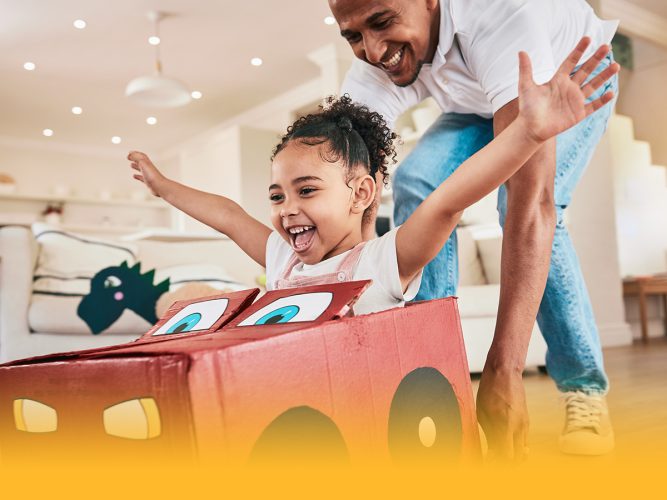
The Power of Following Children’s Lead
Joining children in their play offers so many opportunities to encourage, communicate, bond, spark and share joy, teach, show warmth and kindness, and help them thrive.
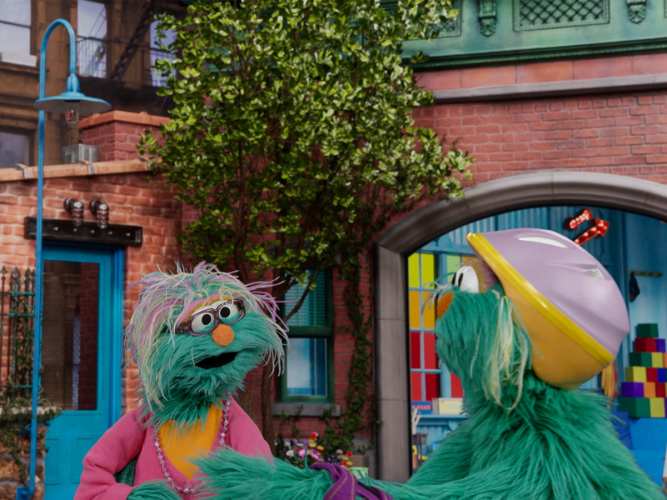
Parenting Moment: Describing
The way you talk with children matters! Your words have power.
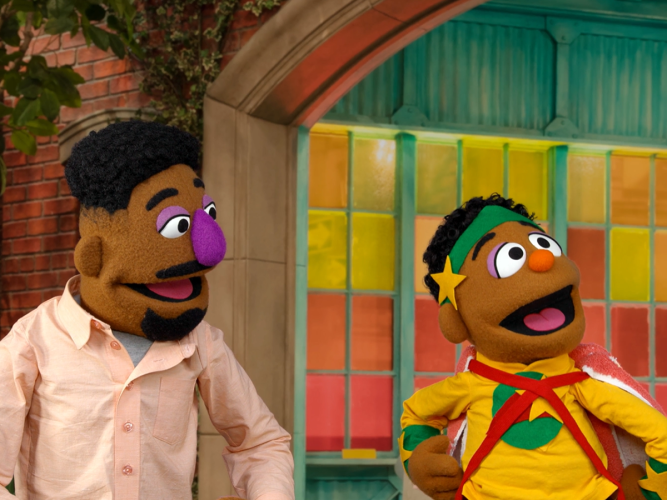
Parenting Moment: Imitating
Playing is learning! The way you play with children matters… your actions and words have power.
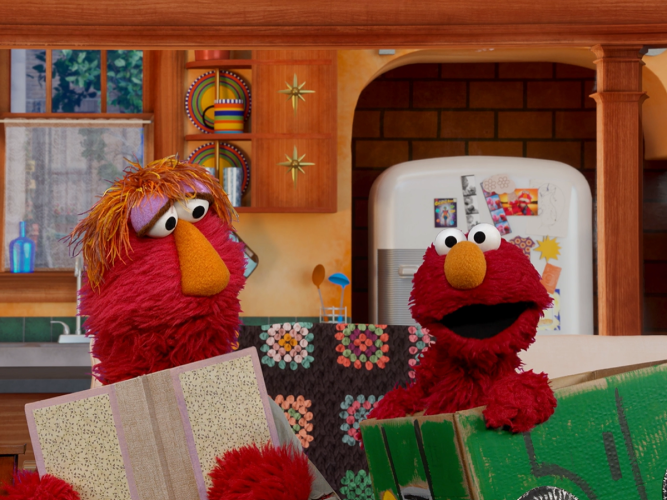
Parenting Moment: Reflecting
The way you talk with children matters… your words have power!
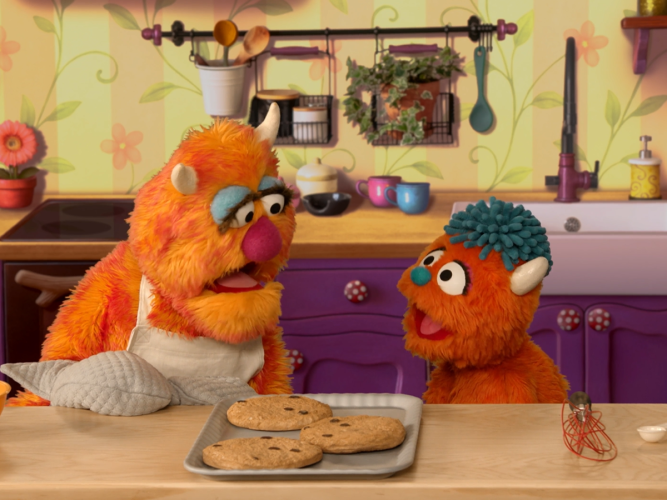
Parenting Moment: Enjoying!
Showing you enjoy your time together with your child builds your special bond. And when you’re being positive, your little one is more likely to do the same.
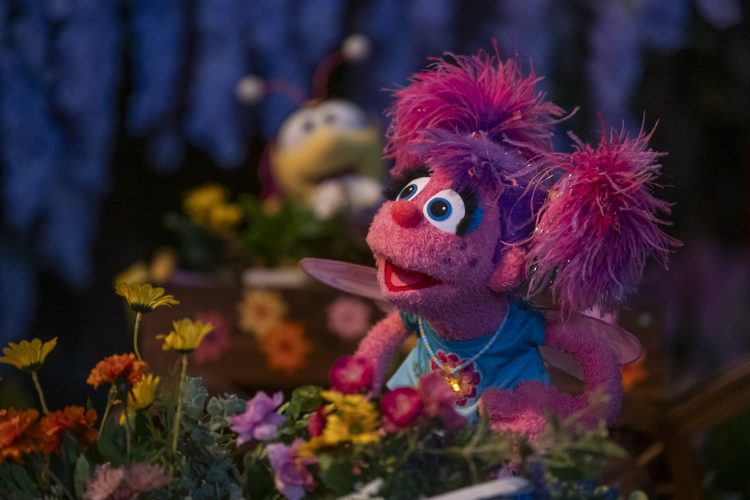
Watch and Play: Abby's Magical Beasties
Watch this episode and explore ways to extend the learning at home.
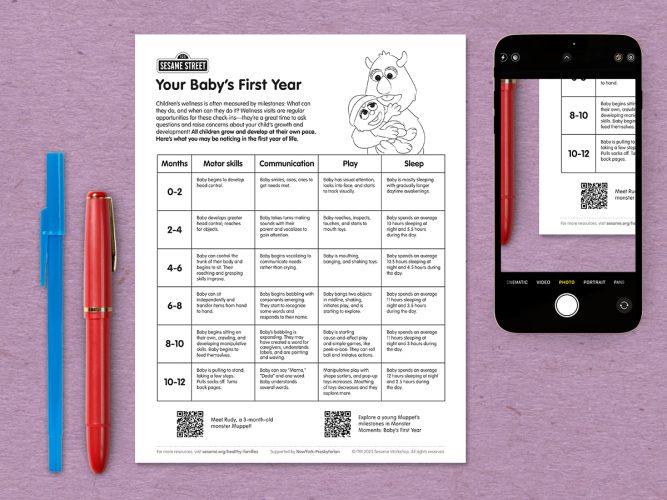
Milestones: Your Baby’s First Year
All children grow and develop at their own pace; use this chart to guide your expectations and observations so you can talk to your child’s pediatrician about questions or concerns.
